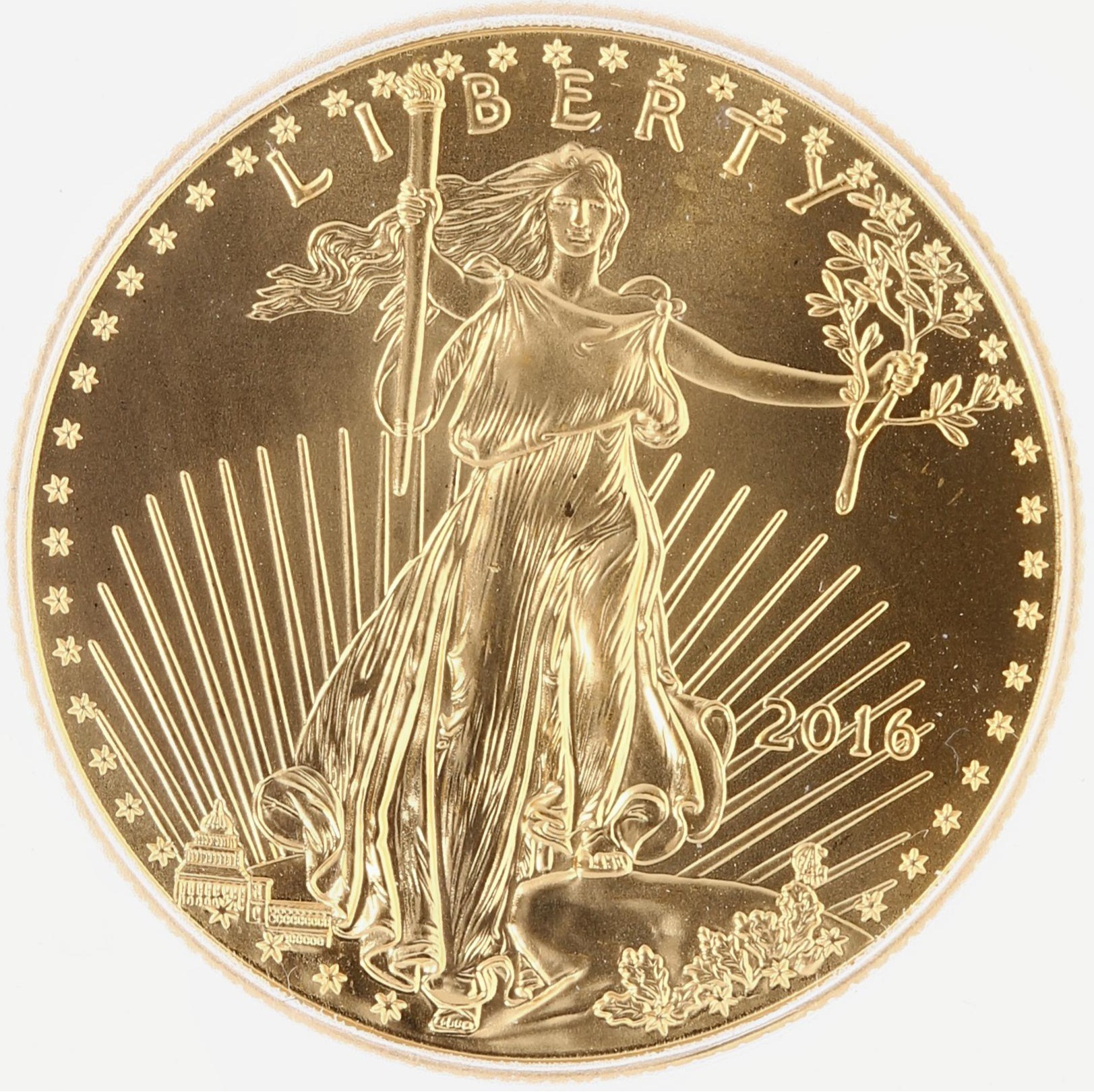ICG Articles
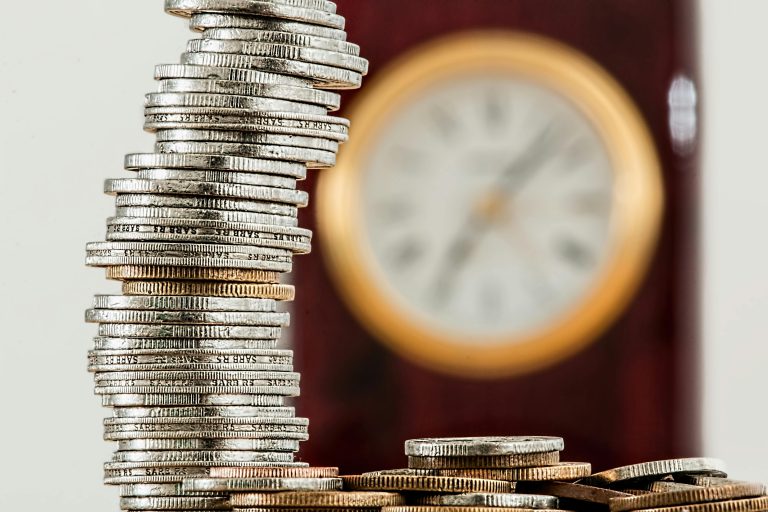
How to Get a Quick Turnaround Time on Economy Submissions
Everyone likes a bargain. In the coin grading business, economy level submissions offer collectors and dealers the lowest prices available for the encapsulation of their coins. Turnaround time can vary greatly on economy level submissions. Right after a major coin convention, turnaround may take four to six weeks. Conversely, during…
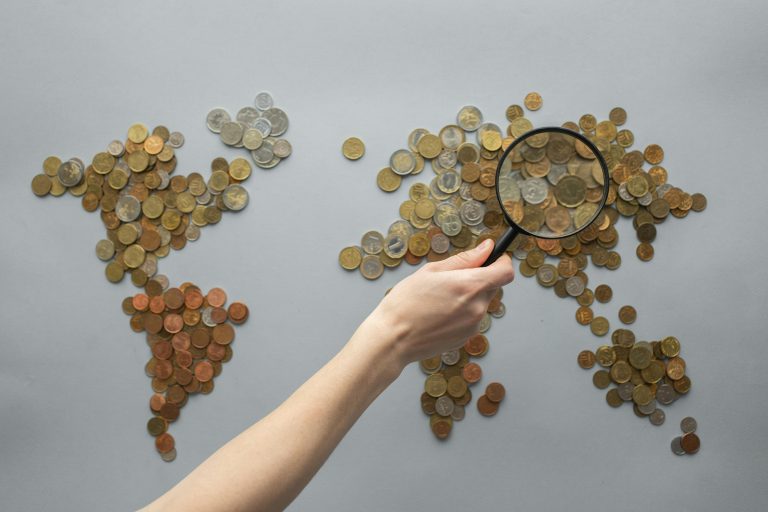
Identifying Doubled Dies
Have you ever experienced the anticipation of meeting one of your child’s friends for the first time? Then, when the time came, only to discover you had some feeling based on their appearance or mannerism that gave you pause for concern. Does the speech about how we can be influenced…
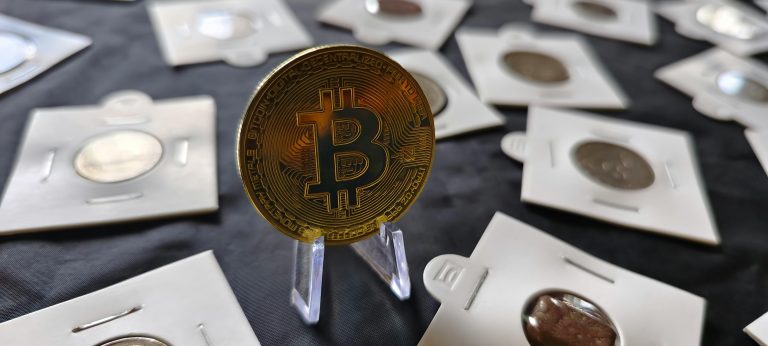
A Coin’s Luster Affects Grade and Eye Appeal
I enjoy teaching and passing on knowledge to seminar students or to collectors who stop at the ICG table at coin shows. After a pleasant interaction with a novice dealer at the Clearwater Coin Show I feel it’s time to dust off an old topic for the benefit of new…
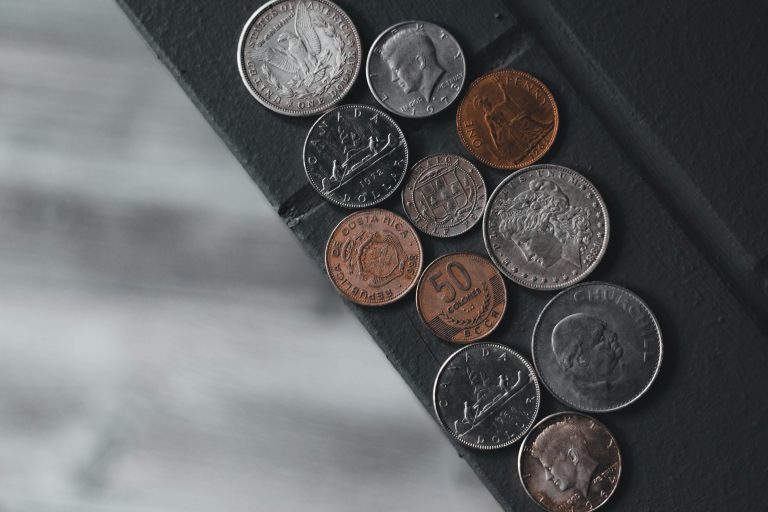
Grading Services: Targets for Counterfeiters
This year will mark the fortieth anniversary of coin authentication services in the United States. My fortieth will come later this year in September. Things were simpler in the “old days.” There was no pressure to return coins quickly, no special tiers and one price for all. A coin did…
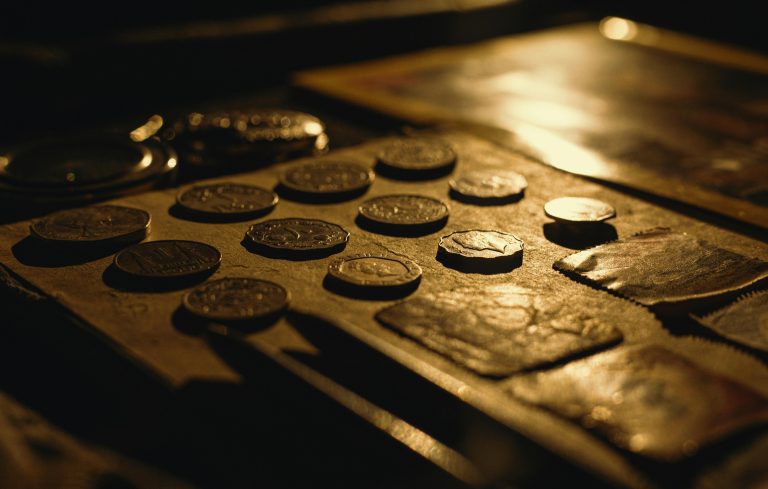
Knowledge of Authenticators Ever Expanding
Have you ever heard some form of the expression “History repeats itself?” Did you see the movie Ground Hog Day where much of the action is repetitive? Well, sometimes I feel the same thing is going on in my professional life – only the coin types have changed. During the…
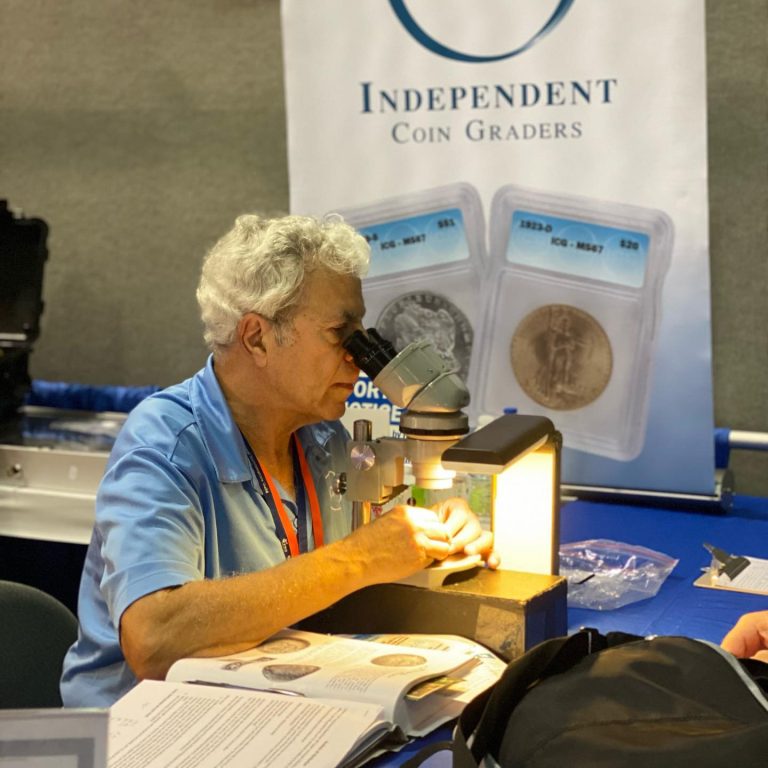
Knowing What The Genuine Looks Like
A recent trip to a jewelry supply center in Sarasota, FL opened my eyes to the equipment available to a modern day counterfeiter on a very modest budget. Jewelry casting supplies filed an entire section of the store. There were furnaces, molds, tools, grinders, and “how-to” books. As a result…

Some Characteristics of Counterfeits
Recently, I wrote a brief synopsis covering the evolution of counterfeit coins that I have witnessed since becoming a professional authenticator in 1972. To continue along this tract, let’s roll back the clock a few years and review some of the characteristics commonly seen on older struck counterfeits. One was…
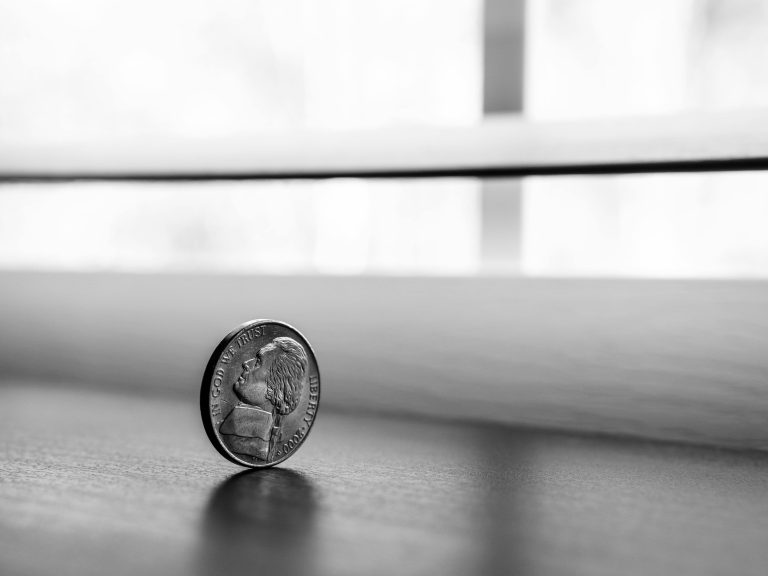
Counterfeit Slabs and Coins
Our hobby is under attack in a way that calls for some drastic changes in order to protect the marketplace from a new plague of deceptive counterfeits. In two columns, I’ll trace earlier generations of bogus coins, explore some of the new fakes from China, and suggest some possible ways…
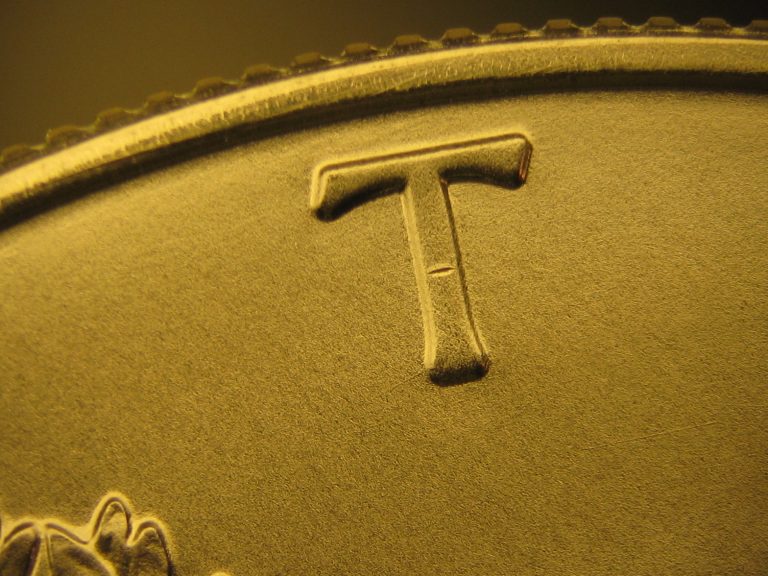
The Fabric of Coins
The characteristics of a coin’s surface – its color and “fabric” – can provide important clues to its authenticity. While color is an easy term to grasp, many readers may not have heard the term “fabric” used to describe a coin. I first discovered the word as used by collectors…
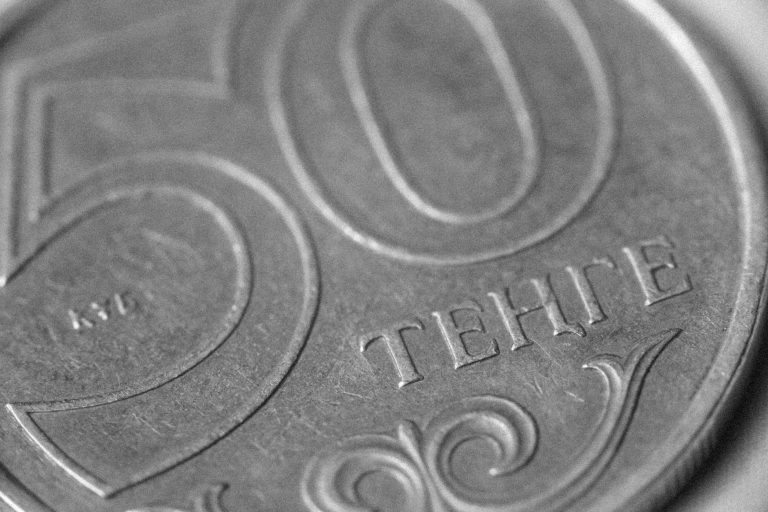
Evolution of Surface Alterations
Early in my career as a professional numismatist specializing in authentication and grading, I made the determination that I didn’t care to know how a counterfeit coin was made or what method or concoction was used to alter a coin’s surface. I just wanted to be able to detect these…
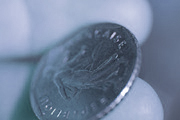
Grading Tips to Try At Home
I’m beginning to think that a majority of dealers and collectors do not know how to examine their coins. That’s because the most common question I get at the Independent Coin Grading booth during coin shows deals with cleaning. “Is this cleaned?” My usual response is: “What do you think?”…
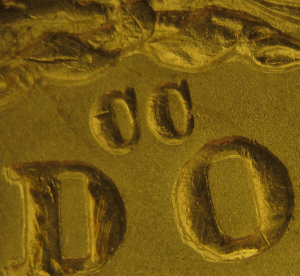
Counterfeit GSA Found at Summer FUN in Orlando, FL
From 1972 to 1980 the General Services Administration (GSA) sold a group of Uncirculated Carson City Morgan dollars that was discovered in Treasury vaults. Each coin was sealed in a special slab-like plastic case. A thin black & silver cardboard box held the slab and contained a numbered certificate. Many…

